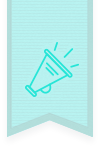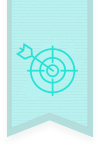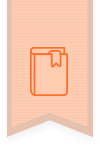The art of interlude is an integral part of storytelling to improve your learners’ engagement. Discover in the following of our current tip how to create narrative frames that will not leave your trainees indifferent!
We saw last week in a first part how to display a variable in another bloc of VTS Editor as clickable areas and display them on plain background scenery.
Today, we will therefore change this variable within the clickable area. We want the seconds to increase 3 times in a row at regular intervals. To facilitate the reading of the graph, we will therefore use a “counter” bloc, which allows to repeat the first output a number of times defined before exiting through the second output. We set this counter bloc to 3, to repeat the operation 3 times.

We then want to wait 1 second before displaying it verbatim. We then use a wait bloc of 1 second as shown above. Following this bloc, we replace a variable bloc, but this time, we will not give “seconds” a finite value, but rather a quick calculation to do! We then associate the value “seconds + 1” with “seconds”. By passing through this bloc, the initial value of 11 will therefore increase by 1, placing it at 12. All that remains is to connect this variable bloc to the counter bloc (you can use a linked bloc as in our example for more clarity in the graph).
So we created the loop that increases the number of seconds. All that remains is to display the subtitle message. We will then use another clickable area that we connect to the second output of the counter. After 3 seconds, this branch will take over. We configure it like this:

It is therefore the same configuration as the previous one, always using the same technique to make the text more readable. The second animation allows the text to fade in for a better fluidity. You can also put a bloc waiting after the clickable area if you want to give your learner more time to familiarize himself with the context proposed to him.
A relevant scenario is the details
We have seen in this trick of the moment how to make short transitions in order to improve the learner’s immersion. To go even further, it is possible in VTS Editor to incorporate into this interlude a background music, a voiceover or a short introductory kinematics…. Feel free to let your imagination run wild!
If you too want to easily create your own interactive and scripted 3D simulations like real series, download the trial version of VTS Editor at the following link:




















